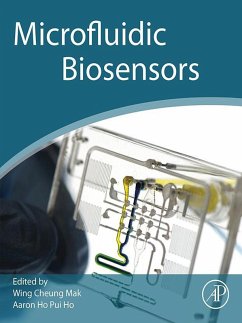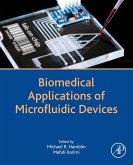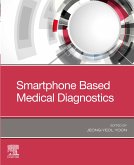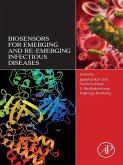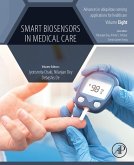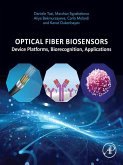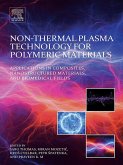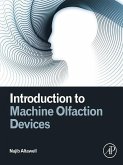Microfluidic Biosensors provides a comprehensive overview covering the most recent emerging technologies on the design, fabrication, and integration of microfluidics with transducers. These form various integrated microfluidic biosensors with device configurations ranging from 2D to 4D levels. Coverage also includes advanced printed microfluidic biosensors, flexible microfluidics for wearable biosensors, autonomous lab-on-a-chip biosensors, CMOS-base microanalysis systems, and microfluidic devices for mobile phone biosensing. The editors and contributors of this book represent both academia and industry, come from a varied range of backgrounds, and offer a global perspective. This book discusses the design and principle of microfluidic systems and uses them for biosensing applications.
The microfluidic fabrication technologies covered in this book provide an up-to-date view, allowing the community to think of new ways to overcome challenges faced in this field. The focus is on existing and emerging technologies not currently being analyzed extensively elsewhere, providing a unique perspective and much-needed content. The editors have crafted this book to be accessible to all levels of academics from graduate students, researchers, and professors working in the fields of biosensors, microfluidics design, material science, analytical chemistry, biomedical devices, and biomedical engineering. It can also be useful for industry professionals working for microfluidic device manufacturers, or in the industry of biosensors and biomedical devices.
The microfluidic fabrication technologies covered in this book provide an up-to-date view, allowing the community to think of new ways to overcome challenges faced in this field. The focus is on existing and emerging technologies not currently being analyzed extensively elsewhere, providing a unique perspective and much-needed content. The editors have crafted this book to be accessible to all levels of academics from graduate students, researchers, and professors working in the fields of biosensors, microfluidics design, material science, analytical chemistry, biomedical devices, and biomedical engineering. It can also be useful for industry professionals working for microfluidic device manufacturers, or in the industry of biosensors and biomedical devices.
- Presents an in-depth overview of microfluidic biosensors and associated emerging technologies such as printed microfluidics and novel transducers
- Addresses a range of microfluidic biosensors with device configurations ranging from 2D to 4D levels
- Includes the commercialization aspects of microfluidic biosensors that provide insights for scientists and engineers in research and development
Dieser Download kann aus rechtlichen Gründen nur mit Rechnungsadresse in A, B, BG, CY, CZ, D, DK, EW, E, FIN, F, GR, HR, H, IRL, I, LT, L, LR, M, NL, PL, P, R, S, SLO, SK ausgeliefert werden.

